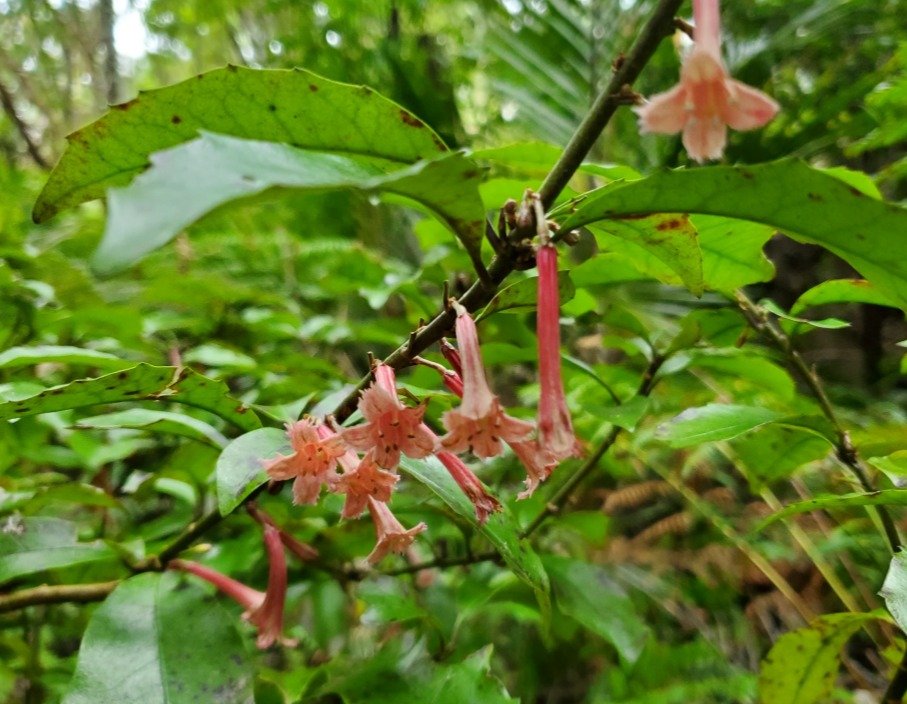
Te Whakamaru o Horohoro
Protecting and restoring the people, animals, ngahere and overall mauri of Horohoro to provide for present and future generations
PURPOSE
To protect and restore the people, animals, ngahere and overall mauri of Horohoro to provide for present and future generations.
"The ancestral lands of Ngāti Kearoa Ngāti Tuara surround our sacred maunga, Te Horohoroinga o ngā ringa o Kahumatamomoe and have been occupied by our hapū for over five hundred years. Our hapū have lived and travelled between Horohoro and Tihiotonga (from the Pukehangi area back to mamaku, known as the Te Paiaka block) and our kaumatua tell stories of travelling and hunting in the area.
Our environmental team has been working on the Horohoro maunga since 2018 building our pest control capacity within the hapū. This new project will be extending our operational area to include conservation on the Te Paiaka block. Restoring the mauri of the forest to maintain a healthy and functioning forest ecosystem, will at a minimum require controlling of possums, rats, mustelids, wallabies, deer and pigs to very low levels, which will create a safer environment for all of our taonga species.”
- Te Whakamaru o Horohoro Project Manager, Kataraina George.
Tipu Environmental is the environmental arm of Te Paiaka Lands
Trust, the whenua-based trust of Ngāti Tuara Ngāti Kearoa based at Horohoro near Rotorua.Tipu Environmental focus on fostering our native bush and
birds to flourish by undertaking large-scale pest management projects and riparian planting projects on our lands and for farms and other
organisations.
PROJECT AREA
LATEST UPDATES
Tīma
Ngāti Kearoa Ngāti Tuara: Kataraina George (Project Manager) and son, with Kyle Kiel (Kaimahi).
IMPACT
Targeted predator control in Horohoro.
*1 July 24 - 30 June 25
TBC
Predators killed through trapping.
1,258
Hectares under control.
4
Kaimahi employed.
$1.9 M
Ecosystem services contribution to regional economy.
PROJECT AREA VALUES
Threatened and at-risk species
North Island robin, long-tailed pekapeka
THE MAHI
-

Long-Tailed Pekapeka Monitoring
Long-tailed bat monitoring carried out on Horohoro Maunga.
-

Track lines
Marking, cutting and maintaining trapping lines over the entire project area.
-

Pest control
Pest control targeting possums, rodents and mustelids over 1240ha on Horohoro Maunga; and 180 ha on Te Paiaka block. Intesefied rodent control around identified pekapeka roosts.
-

Education and engagement
Supporting the hapū by hosting wananga and sharing knowledge of the maunga and taonga species.















